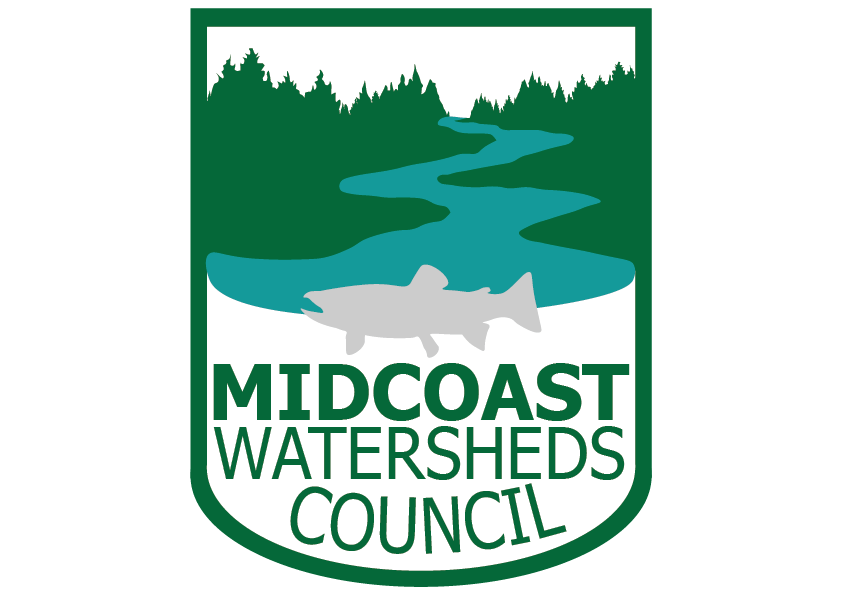Culvert replacements
Culverts protect infrastructure, but not all were built with nature in mind.
Failing culvert on Crazy Creek in the Alsea Basin
A nonfunctioning culvert can prevent aquatic life from moving through it, including salmon on their way to spawn. When flows are high, the water is too fast for aquatic animals to pass through the culvert. When flows are low, the erosion may cause a large gap between the stream and culvert that small animals cannot jump. These barriers can cut the journey of a fish on its way to spawn or access habitat short.
Directing the water through a small opening has drastic effects on the hydromorphology, or the shape of a stream over time. Upstream of the culvert, a large pool forms and causes swirling eddies that scour the edges of the pool. The high velocity output erodes the downstream side to bedrock.
Failing culverts can reduce the quality of habitat both close and far from the culvert. Fish and invertebates cannot remain in the fast water and bedrock near the culvert. Woody debris, gravel, and other natural parts of the landscape are transported long distances in streams and are vital for aquatic habitat, and an undersized culvert can prevent their transport.
MCWC has conducted large scale studies of our watersheds to understand where culverts are failing and coordinates with landowners and contractors to replace them. Check out our restoration projects to learn more.


